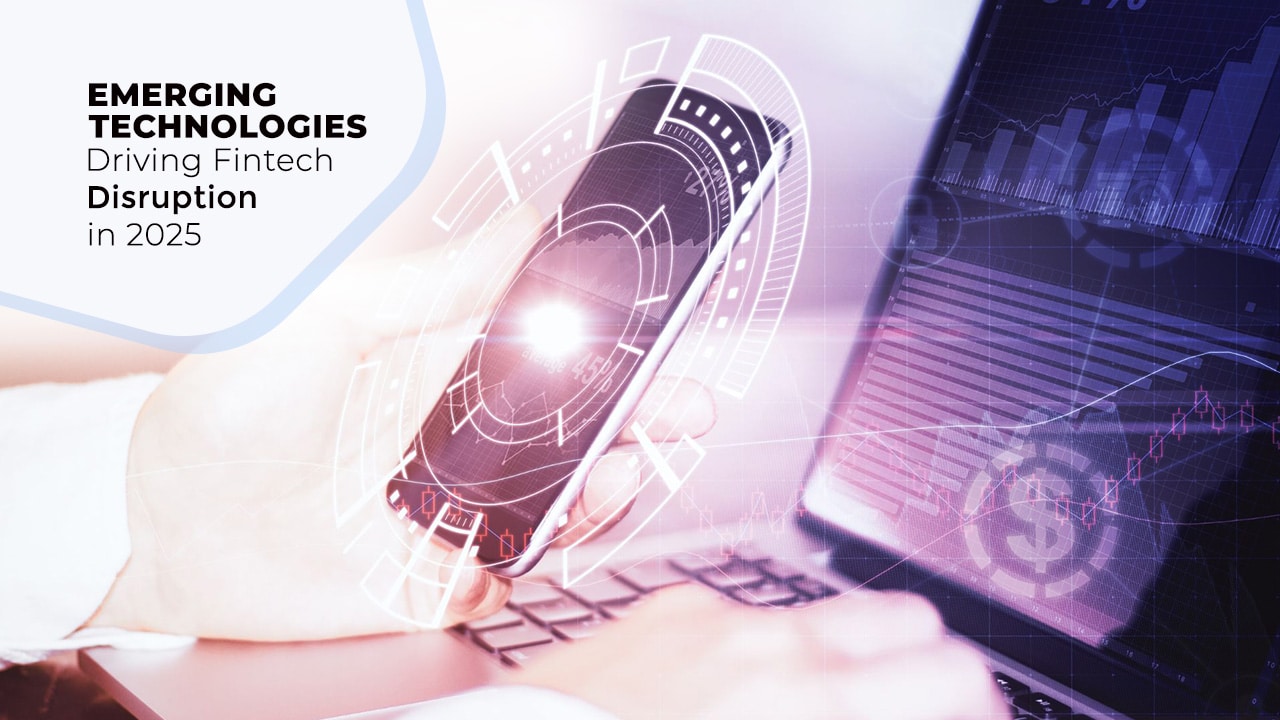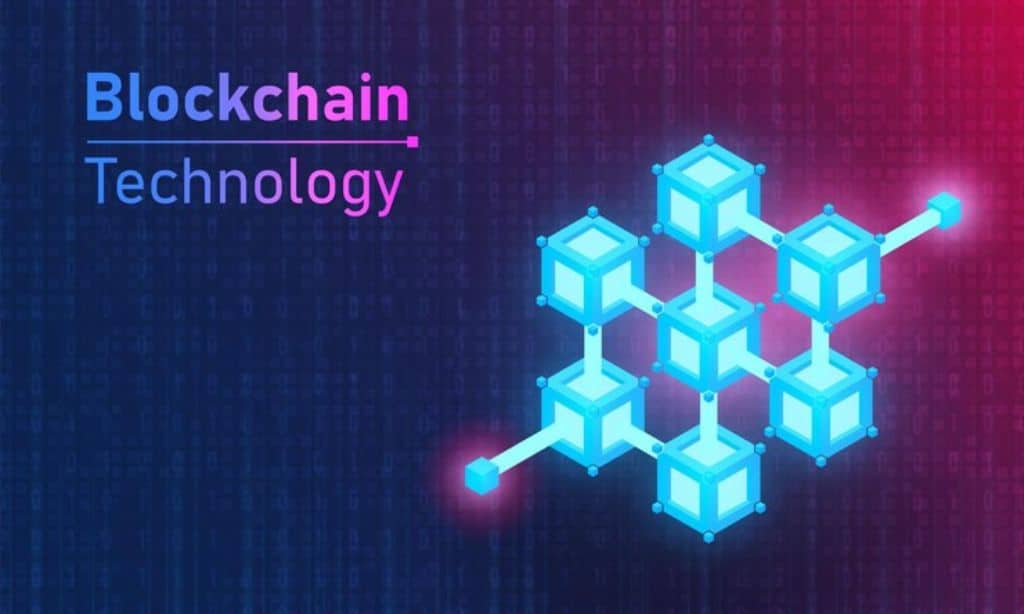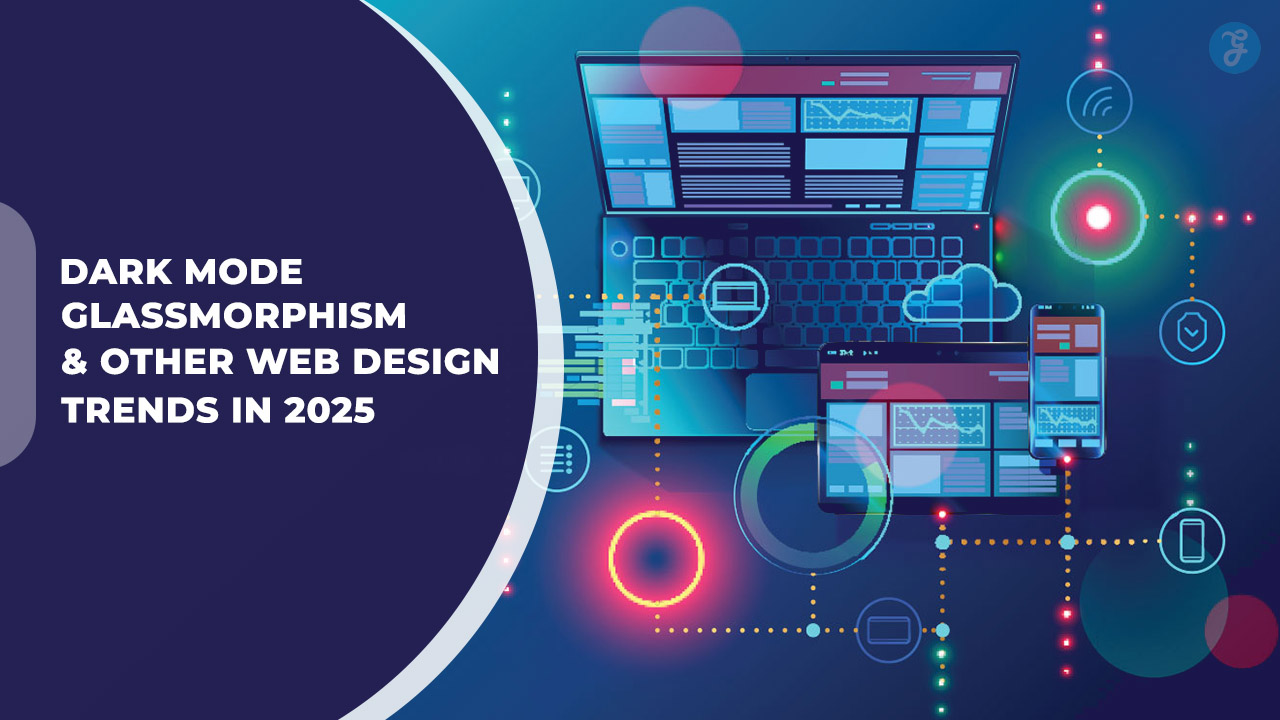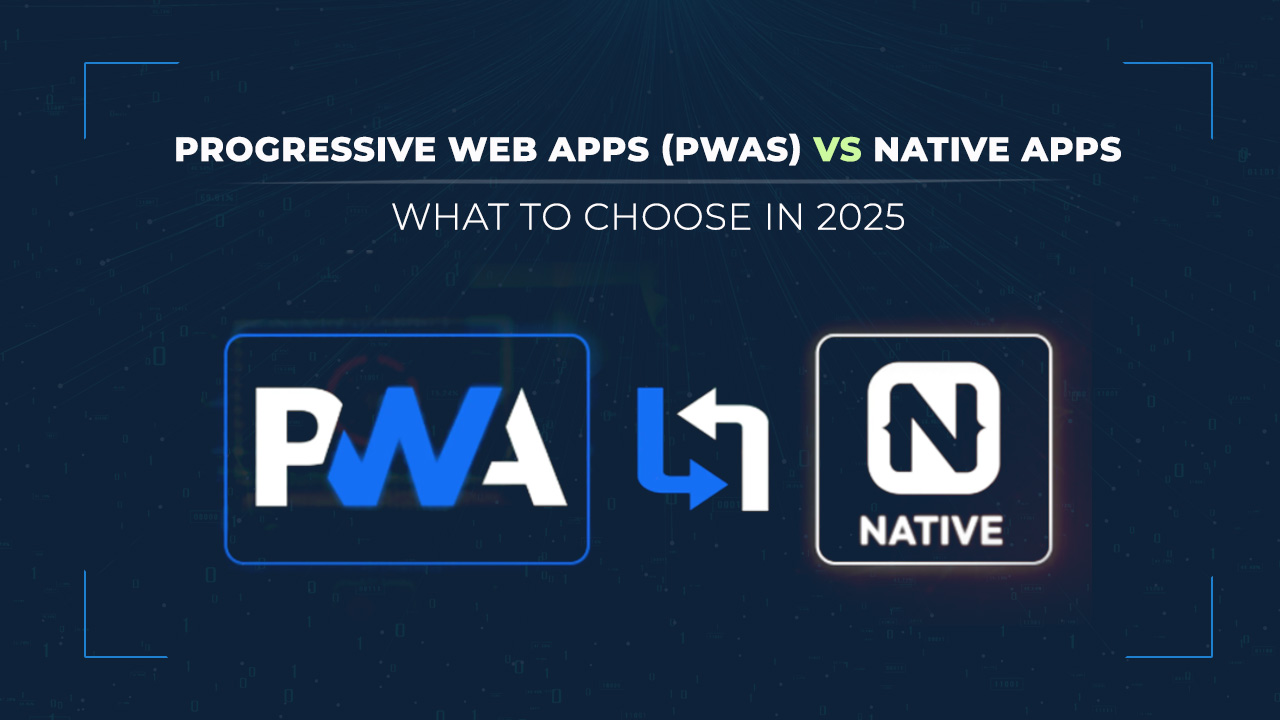The fintech industry has witnessed exponential growth over the past decade, fueled by groundbreaking innovations that are reshaping how we interact with financial services. From seamless payment solutions to hyper-personalized banking experiences, technology is at the heart of this transformation.
In 2025, five key technologies are emerging as dominant forces driving fintech disruption. Understanding these technologies driving fintech disruption is crucial for businesses, investors, and consumers alike to stay ahead in this dynamic landscape.
This article explores these transformative technologies driving fintech disruption, their real-world applications, and their potential to redefine the future of finance.
1. Artificial Intelligence and Machine Learning
Revolutionizing Financial Insights
Artificial intelligence (AI) and machine learning (ML) are at the forefront of technologies driving fintech disruption. These technologies are enabling unprecedented advancements in fraud detection, customer personalization, and risk management.
- Fraud Detection and Prevention: AI-powered algorithms analyze vast datasets to detect unusual patterns and flag suspicious transactions in real time, reducing fraud risks.
- Customer Personalization: Machine learning models analyze user behavior and preferences to deliver tailored financial products, such as customized loan offers or investment recommendations.
- Predictive Analytics: AI enables financial institutions to forecast market trends and assess risks, empowering them to make data-driven decisions.
Real-World Use Cases
The practical applications of AI in fintech are vast and impactful:
- Chatbots: Financial institutions deploy AI-driven chatbots to enhance customer service, providing instant responses and resolving common queries.
- Robo-Advisors: Automated platforms leverage ML to provide investment advice and portfolio management, making wealth management accessible to a broader audience.
- Credit Scoring: AI algorithms analyze non-traditional data sources to assess creditworthiness, enabling fairer lending practices.
Leading AI Tools in Fintech
| Tool/Platform | Application | Key Benefit |
| Zest AI | Credit underwriting | Improved accuracy in risk scoring |
| Kasisto | Chatbots | Enhanced customer interaction |
| AlphaSense | Market insights | Faster decision-making |
Latest Trends and Insights
- By 2025, AI in fintech is projected to grow at a CAGR of 23%, reaching a market value of over $40 billion.
- Major banks are investing in proprietary AI systems to remain competitive, focusing on hyper-personalized customer experiences.
2. Blockchain Technology
Redefining Transaction Security
Blockchain, a decentralized and transparent ledger system, is another critical technology driving fintech disruption. By ensuring security, transparency, and immutability, blockchain is transforming financial transactions worldwide.
- Cross-Border Payments: Blockchain eliminates intermediaries, reducing transaction costs and time for international payments.
- Secure Transactions: The immutability of blockchain records enhances trust and prevents data tampering.
Applications in 2025
Blockchain is enabling numerous innovations:
- Decentralized Finance (DeFi): DeFi platforms offer lending, borrowing, and trading services without traditional financial intermediaries.
- Tokenization of Assets: Real estate, stocks, and other assets are being tokenized, making them more accessible and tradable.
- Identity Verification: Blockchain-based solutions streamline and secure identity management processes.
Key Blockchain Applications in Fintech
| Application | Description | Benefits |
| DeFi Platforms | Decentralized lending and trading | Greater financial inclusion |
| Asset Tokenization | Digital representation of physical assets | Improved liquidity and accessibility |
| Smart Contracts | Self-executing agreements | Reduced operational costs |
Challenges and Opportunities
- Scalability: Solutions like Layer 2 protocols are being developed to handle higher transaction volumes.
- Regulation: Governments worldwide are working on blockchain-specific frameworks to balance innovation and security.
Latest Trends
- Over $250 billion in assets are expected to be tokenized by 2025.
- Central Bank Digital Currencies (CBDCs) are being tested globally as blockchain-based alternatives to fiat currencies.
3. Embedded Finance
Seamless Financial Integration
Embedded finance is transforming how consumers access financial services by integrating them directly into non-financial platforms. This trend is a significant driver of fintech disruption in 2025.
- Examples: Buy Now, Pay Later (BNPL) solutions and in-app payment systems are leading examples of embedded finance.
- Benefits: By eliminating the need for separate financial service providers, embedded finance enhances convenience and accessibility.
Benefits and Growth
- Accessibility: Embedded finance brings banking services to underserved populations, driving financial inclusion.
- Customer Experience: Streamlined processes reduce friction, creating a better user experience.
Growth Projections for Embedded Finance
| Industry | Key Use Case | Market Growth (2025) |
| Retail | BNPL and loyalty programs | $50 billion in revenue |
| Healthcare | Embedded insurance | $20 billion in revenue |
| Travel | In-app travel financing | $15 billion in revenue |
Current Insights
- Companies like Shopify and Stripe are leading the embedded finance revolution.
- Over 70% of consumers prefer seamless, integrated payment solutions over traditional banking methods.
4. Quantum Computing
Supercharging Financial Calculations
Quantum computing is emerging as one of the most transformative technologies driving fintech disruption. It offers unparalleled computational power to solve complex financial problems.
- Optimization Problems: Quantum computers can tackle intricate portfolio optimization and risk management challenges in seconds.
- Algorithmic Trading: Enhanced processing speeds enable more accurate predictions and strategies for high-frequency trading.
Key Quantum Computing Applications in Fintech
| Application | Description | Impact |
| Portfolio Optimization | Complex calculations in seconds | Enhanced investment strategies |
| Fraud Detection | Analyzing vast datasets instantly | Reduced financial crime |
| Risk Analysis | Precise forecasting models | Better decision-making |
Current Limitations
Quantum computing is still in its infancy. Challenges such as high costs and limited availability hinder its immediate adoption. However, partnerships between fintech firms and research institutions are driving progress.
Future Outlook
Quantum computing is poised to revolutionize fraud detection and other areas of finance by 2030, setting the stage for even greater disruption.
5. Internet of Things (IoT)
Driving Real-Time Financial Insights
IoT is redefining how financial data is collected and used. Connected devices provide real-time insights that drive smarter financial decisions.
- Enhanced Payment Systems: IoT-enabled devices like wearables facilitate contactless payments.
- Insurance Applications: Insurers use IoT data to personalize premiums based on real-time risk assessments.
Examples of IoT Applications in Fintech
| IoT Device/Technology | Application | Benefit |
| Wearables | Contactless payments | Improved convenience |
| Telematics | Auto insurance pricing | Personalized premiums |
| Smart Appliances | Home financial monitoring | Real-time expense tracking |
Impact on Fintech Ecosystem
IoT data triggers smart contracts and improves financial monitoring for both individuals and businesses.
Current Insights
- IoT in fintech is projected to grow to a $50 billion market by 2025.
- Smart home integrations with payment systems are becoming mainstream.
Takeaways
As we advance through 2025, the technologies driving fintech disruption are fundamentally altering the industry’s landscape. From AI and blockchain to quantum computing and IoT, each innovation contributes to a more efficient, inclusive, and customer-centric financial ecosystem.
Embracing these technologies driving fintech disruption is no longer optional but essential for staying competitive.









































